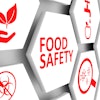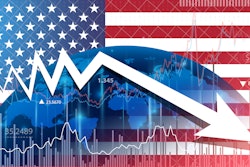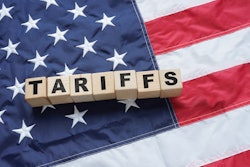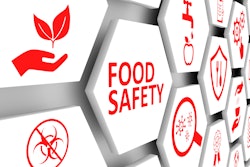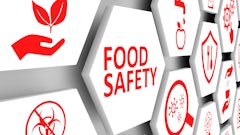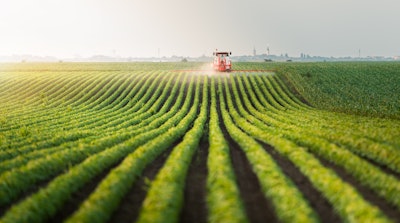
The EU's recent move to impose tariffs on U.S. grain imports marks a significant escalation in global trade tensions, and one that may have unintended consequences for food supply chains across both sides of the Atlantic.
While the headlines may focus on geopolitics, the knock-on effects will be most keenly felt by farmers, food producers, and consumers. Here's how:
1. Higher costs for farmers and consumers
Livestock feed, particularly corn and soy, represents a major cost input for European meat and dairy producers. With tariffs in place, feed becomes more expensive, squeezing already tight margins. This added pressure will likely be passed on to consumers in the form of higher prices for beef, pork, poultry, milk, and cheese.
Meanwhile, American grain farmers may find themselves with surplus product and no overseas buyers. As exports fall, prices at home could become unstable, creating uncertainty for producers already navigating weather challenges and fluctuating demand.
2. Global trade realignment
As the EU looks to fill the gap left by U.S. suppliers, countries like Brazil and Argentina could see a surge in demand for their grain exports. This shift won’t happen overnight, but over time, it may erode the market position U.S. producers have built in Europe. For buyers and suppliers alike, global sourcing strategies will need to adapt.
3. A growing risk of trade fragmentation
The EU's move follows closely behind President Trump’s April 2 "Liberation Day" announcement, which introduced sweeping new tariffs—including a universal 10% tariff on all imports and a 20% tariff on EU goods. These measures come on top of existing actions such as proposed 25% tariffs on Mexican imports.
This increasingly protectionist environment raises the likelihood of retaliatory trade measures, which could further destabilize food and agriculture supply chains. As major economies respond in kind, we risk entering a prolonged period of trade fragmentation that affects not just agriculture, but the broader logistics and procurement landscape.
Supply chains thrive on predictability. When that disappears, businesses must make difficult decisions such as shifting supplier bases, adjusting contracts, or even passing costs on to end consumers. If the current trajectory continues, we could see lasting structural changes to how food is produced, traded, and priced worldwide.
Resilience requires foresight
For businesses across the food supply chain, now is the time to evaluate risk exposure. Diversifying sources, strengthening relationships with strategic suppliers, and reviewing logistics capabilities under different disruption scenarios will be essential in building resilience.


